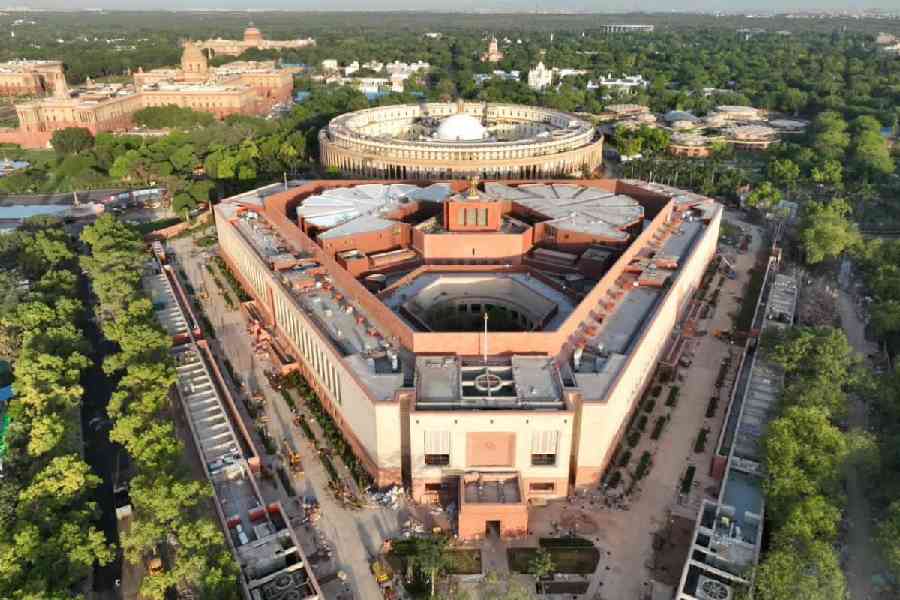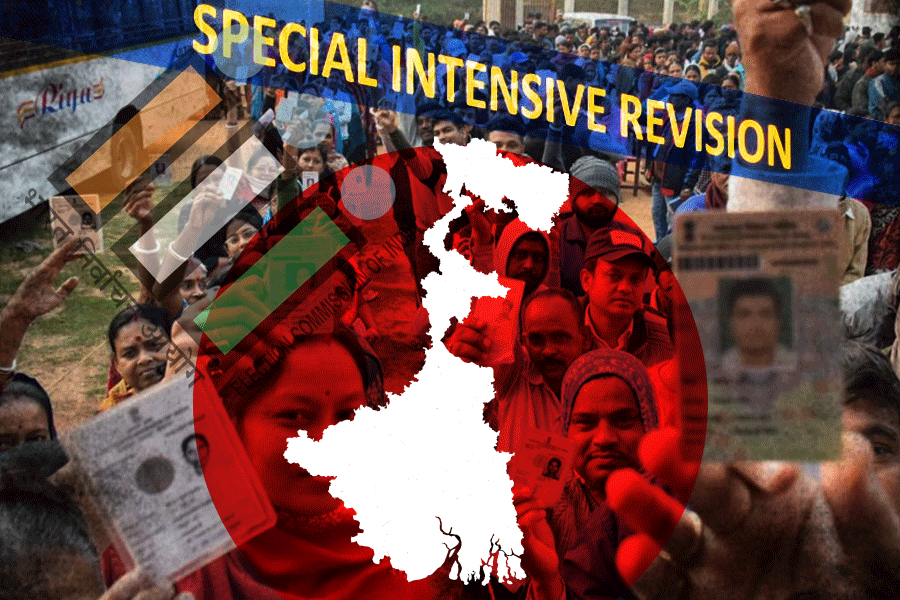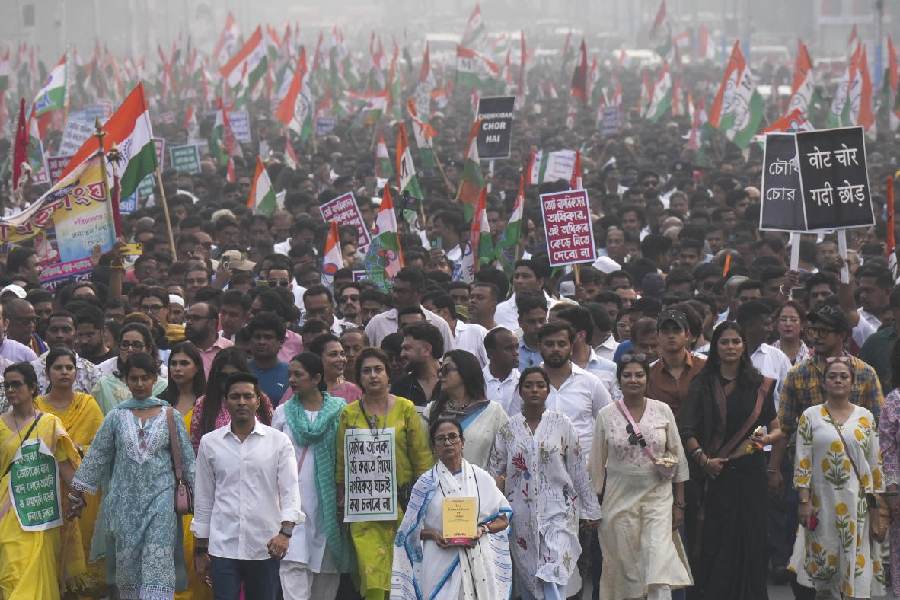Narendra Modi is in a hurry to tattoo his signature right across the chest of Delhi even after his costly gambit of redoing an already splendid Central Vista (Rajpath) flopped at the box-office. He had blocked the central artery of Delhi for almost three years, dug all around, pumped tonnes of pollutants into the city’s notoriously noxious air, sent traffic haywire, and blown up some 700 crore rupees. But when the new ‘Kartavya Path’ was inaugurated with orchestrated flourish, even the moles of the area yawned and went back to their burrows around the Boat Club.
His quest for immortality then focused on the new Parliament building, which is meant to crowd out the majestic view of the existing Parliament. He felt that this crowning glory of Indo-European architecture was too colonial and needed to go — but where to? This ‘colonial’ logic applies equally to the other regal edifices of Delhi, such as the Viceregal Palace (Rashtrapati Bhavan), the North and South Blocks, the Lutyens’ bungalows, and every second building in that planned city of the Empire. The pugnacious housing minister has explained that the present Parliament House is located in a dangerous seismic zone; would the zone not extend all over the Raisina-Rajpath area that houses so many other heritage buildings? So let us abandon juvenile logic and try to figure out why Rs 1,200 crore were hacked away from our battle against Covid to feed vain glory.
The existing Parliament building attracts millions every year, many of whom admire its unique circular architecture. What is, however, less noticed is that its pillars, lintels, brackets and architraves are adorned with Indic symbols like the lotus, the temple bell, or the corbel. The short, stodgy pillars of the new building are bereft of such fine details. In fact, the subtlety and the finesse with which the imposing Graeco-Roman pillars of the Lutyens-Baker architecture harmonise and blend with indigenous features like the jharokha, chhattri and chhajja are beyond the comprehension of those who built the new building, even though the favoured architect received a mind-boggling fee of Rs 250 crore. In short, the new Parliament lacks the stately demeanour of its predecessor and its sandstone cladding looks like a hotel or a shopping complex of Delhi.
Incidentally, Parliament or parliamentarians were neither consulted nor allowed into the new building because it will be revealed only when complete — yet another typical Modiesque surgical strike. From the rationed visuals of the interiors of the new building that have been released to the public, the interiors look swank, ritzy but too nouveau riche. The lobbies are wide, but some pillars appear to block the pathways. The ceilings look quite glitzy and gaudy, reflecting the taste of their planners rather than gravitas. One had expected the planners to have had the grace of consulting artists and experts, even if they were all from one chosen state, but that was too much to hope for.
We are now informed that that the new Lok Sabha chamber is so very commodious that all the members of the Rajya Sabha can be accommodated in it as well. This would be required for a ‘joint session of Parliament’. But a joint session is only held for one or two days in a year. During the rest of the time, television cameras will now be panning over superfluous, empty spaces to reinforce the narrative that parliamentarians hardly work despite their ample allowances. This is a well-planned move by someone who has already cut parliamentary time by 30-40% and would love to do away with this troublesome institution. As it is, both Houses appear half-empty because many MPs are called to join meetings of one or the other of the 30-odd committees of Parliament. Many others ‘lobby in the lobby’ with new political proposals to test the waters. They need to negotiate among themselves and understand each other’s position before taking a stand in the House. A lot of MPs of different political parties get together in the Central Hall to gauge responses and to come up with new strategies and partnerships.
But now, the double-sized Houses will not appear half-filled like before; they will appear quarter-full. This will help peddle the narrative that Parliament is a redundant institution. In the recent past, the government has ensured that both Houses are always on the boil; members have been suspended en masse and the government has stubbornly refused to discuss critical issues like China’s incursion or the Hindenburg report on the Adani Group. When members flare up, it is bandied about as an instance of disruption of democracy and the wasting of taxpayers’ money. There are two more components that will add to the din. Mr Modi first tried to do away with the Central Hall in the new Parliament, which provides a meeting ground for members across political lines. We are now informed that there will be two Central Halls. This very adroit use of ‘divide and rule’ is coupled with the clever device of reducing the space available before the ‘Chairs’ of the Houses. These ‘Wells’ are where protests have been held by members since time immemorial. It is learnt that these spaces have also been reduced to contract the area of protests.
Even the date chosen for the gala opening happens to be the 140th birth anniversary of V.D. Savarkar, the proponent of the doctrine of intolerance, Hindutva. He is the professed guru that Nathuram Godse and Narendra Modi share. Most Opposition parties would be staying away to register their ‘no confidence’ in a leader who should have had the decency to invite the President to do the honours.
But Mr Modi has finally made one point clear — on which side he stands between Gandhi and his assassin.
Jawhar Sircar is a retired civil servant who is now an MP in the Rajya Sabha










